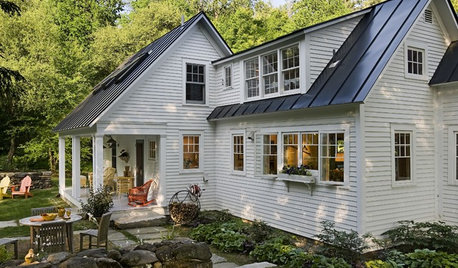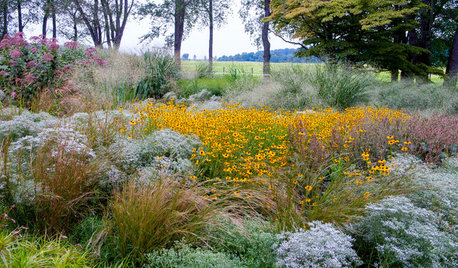I Am A Bit Surprised At The OG Practices I See In Old Literature
gonebananas_gw
15 years ago
Related Stories

DESIGN PRACTICEHow to Set Up Your Design Studio at Home
Learn from an architect how to create a workspace that fuels your practice and feeds you inspiration
Full Story
DESIGN PRACTICEContracting Practice: Marketing Your Business
To keep those projects rolling in, combine old-school techniques with the latest in high-tech networking
Full Story
DESIGN PRACTICEDesign Practice: Start-up Costs for Architects and Designers
How much cash does it take to open a design company? When you use free tools and services, it’s less than you might think
Full Story
ARCHITECTUREDesign Practice: How to Start Your Architecture Business
Pro to pro: Get your architecture or design practice out of your daydreams and into reality with these initial moves
Full Story
THE ART OF ARCHITECTUREDesign Practice: 11 Ways Architects Can Overcome Creative Blocks
When inspiration remains elusive, consider these strategies for finding your creative muse
Full Story
DESIGN PRACTICEDesign Practice: How to Pick the Right Drawing Software
Learn about 2D and 3D drawing tools, including pros, cons and pricing — and what to do if you’re on the fence
Full Story
ARCHITECTUREDesign Practice: Getting Paid
Pro to pro: Learn how to manage contracts and set up the right fee structure for your work
Full Story
DECORATING GUIDESCalifornia Law: License to Practice Interior Design?
A proposed bill that would require a license to practice interior design in California has Houzzers talking. Where do you stand?
Full Story
ARCHITECTUREDesign Practice: How to Get Hired
Pro to pro: Strategies for winning a client’s trust and getting work that supports your brand
Full Story
GARDENING GUIDESThe Surprising Ingredients Every Good Garden Should Have
See what to do — and not do — for lasting rewards in your landscape
Full StorySponsored
Central Ohio's Trusted Home Remodeler Specializing in Kitchens & Baths
More Discussions







adirondackgardener
pnbrown
Related Professionals
Saint Louis Park Landscape Architects & Landscape Designers · Saint Matthews Landscape Architects & Landscape Designers · Clermont Landscape Contractors · Brookline Landscape Contractors · Laguna Hills Landscape Contractors · Lancaster Landscape Contractors · Metairie Landscape Contractors · Nashua Landscape Contractors · New Cassel Landscape Contractors · Old Saybrook Landscape Contractors · Tewksbury Landscape Contractors · Forest Hill Landscape Contractors · Arlington Heights Decks, Patios & Outdoor Enclosures · Glendale Decks, Patios & Outdoor Enclosures · Truckee Decks, Patios & Outdoor Enclosurestclynx
albert_135 39.17°N 119.76°W 4695ft.
Kimmsr
pnbrown
madmagic
Lloyd
madmagic
Lloyd
pnbrown
Lloyd
pnbrown
Lloyd
Kimmsr
pnbrown
Lloyd
madmagic
pnbrown
madmagic
ruthieg__tx
Lloyd
pnbrown
Lloyd
madmagic
pnbrown
buster52
dchall_san_antonio
the_gurgler
dchall_san_antonio
Michael
dchall_san_antonio